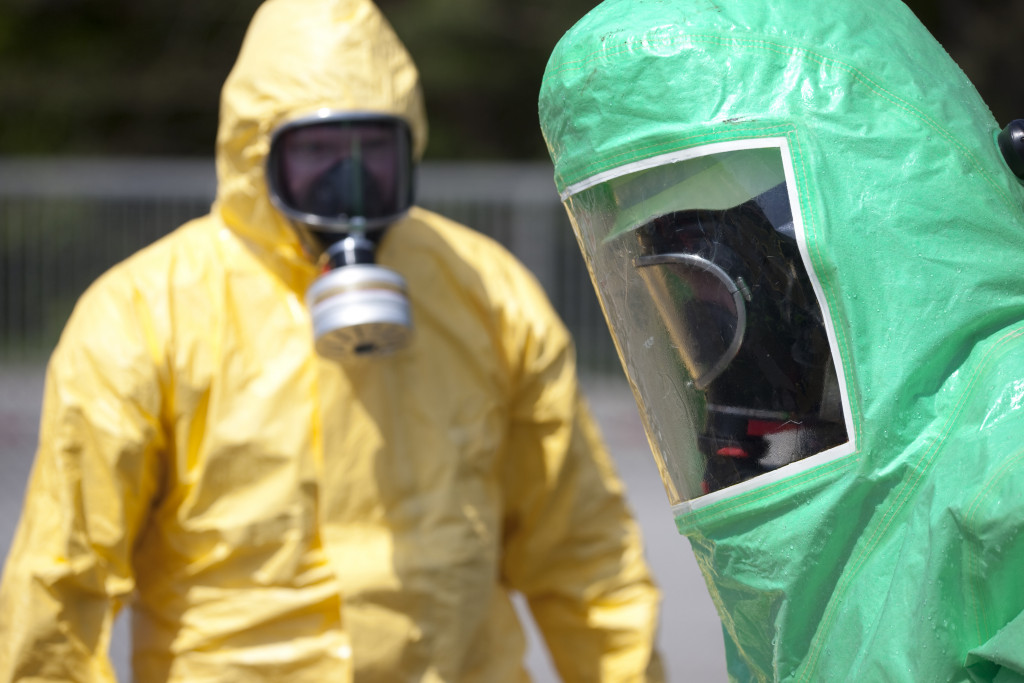The pandemic has led to many quarantine procedures being implemented worldwide. However, one of the strictest implementations of quarantine happened in the US.
The infection rate in the US was among the highest in the world. During late 2020, almost 100,000 infections happened each day. Thankfully, vaccines were starting to be more available at the time, reducing infection by more than half by the start of 2021. As of July 2021, about half of the population has been vaccinated. Quarantine protocols are easing in the nation, and people are somewhat free to meet each other in public.
Community members are becoming more physically healthy, with some returning to their lives before the pandemic. But everyone knows that something has changed and that there are some things that the vaccine can’t cure. One of these things is the depression caused by social isolation because of quarantine protocols.
Increasing Rates of Depression and Anxiety
Mood and anxiety disorders have increased considerably in various communities in the US during the start of the virus. Experts believe that this was already a growing trend, but the social isolation done by quarantines exacerbated the given problem. Nevertheless, many community members and different sub-groups who were hit hard by the virus did their best to cope. Here are some ways they made it through such a daunting and challenging task.
Families and Other Primary Community-Members
The main population that was hit by the increase of mental disorders are primary community members. These are families who were forced to live inside their homes for long periods of time. This has led to increased irritability and anxiety from many family members who live in close-knit homes.
People from these households coped with the given situation by digitally communicating with other friends and family members. Implementation of boundaries also helped some family members who lived in small homes. But aside from this, some primary community members had to live in other communities far from their families. These people had to live with tremendous social isolation.
It’s been reported that offshore workers experienced high depression rates due to social isolation during the quarantine period. This somewhat increased suicide rates among the given population. As a result, companies offered online counseling and psychotherapy for their workers. At the same time, some offered online communication to family members every week. These initiatives helped these workers cope with the social isolation they felt at the time.

College Students and Universities
One of the hardest-hit populations in the US regarding the increase of depression rate is university students. Many communities that housed university students reached out to psychologists to aid treat some of them. However, some of these students were more concerned about their education.
It was near impossible for these students to get the proper education they needed during the quarantine. Online classes weren’t enough for them to learn. Thankfully, some tech companies decided to run a pilot program in some universities. They offered VR educational programs as their solution.
VR has been a growing field of study for many companies, and it was only recently that companies used VR for educational purposes. Companies and universities who hands-on programs are using it for training. The feeling of working with others through VR is surreal. Yet, it could fix educational programs that some college students had and eventually treat their isolation and depression.
Healthcare Workers and Other Frontliners
Another sub-group that experienced a lot of social isolation, depression, and anxiety last year were frontliners. Many healthcare workers were scared of their everyday exposure to the virus. Additionally, the lack of personal protection equipment (PPEs) last year also made the situation dire. Some workers believed that it was inevitable and that it was only a matter of time before getting infected.
How healthcare workers and other frontliners coped with their depression and anxiety is to get exhausted to the point that they would fall asleep. It was a temporary fix to a growing problem, but it was something that worked. Eventually, as the infection rates started to normalize, some of these frontliners are given time off to visit family members and friends. But the pandemic is still around, and eventually, they still have to go back to the dangers of the pandemic.
So as of this year, frontliners are just glad that vaccines are now available and fewer infection rates than before. This is enough to give them hope for a future where they can normally live again and spend only 12 hours in healthcare centers instead of the crazy 24 hour shifts they had last year.
Social isolation is a tough problem to handle since we all rely on our relationships to keep ourselves mentally stable. However, some community members and individuals have found solace in other activities such as education and work. The way we cope during the pandemic is essential because it can be our basis for coping in the future. By being aware of various coping strategies (both healthy and unhealthy), we can change our behavior and find a way to survive for better or worse.


